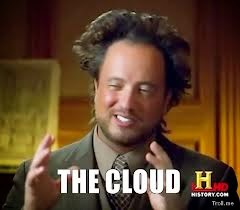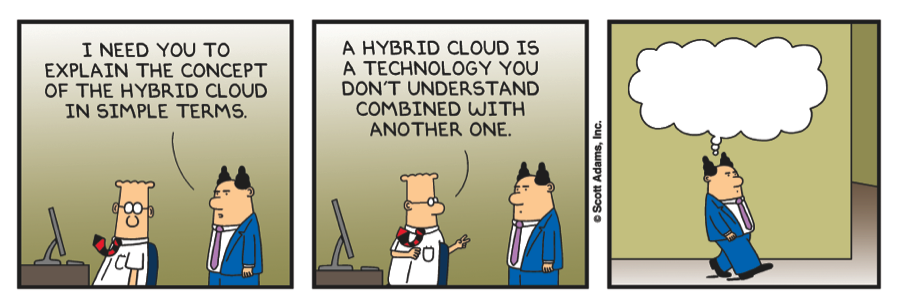Varrow just announced their release of its hands-on enterprise hybrid cloud environment they are showcasing at the Carolina Panthers game on Oct 30th. I got to see a live demo and it was impressive to say the least and I don’t impress easily. A lot of work obviously went into it led by Josh Coen and Chris Horn of Varrow.
This demo was exciting to see and it showed what these solutions can do when combined and set up properly. I have seen a lot of demos and several companies talk about setting up a true hybrid cloud envionrment but this was one of the first time I saw all of the puzzle peices put together.
From the release regarding the goals of the lab.
In the design of its hands-on enterprise hybrid cloud, Varrow set out to build a hybrid cloud environment where both public and private cloud resources could be monitored and managed from one point of control, where workloads could easily be moved to and from public and private clouds, and where normally complex and time-consuming tasks are automated and reduced to a few mouse clicks.
Cloud has always been a bit of hype and buzzwords but this is the closest I have seen to the “vision”
Automation is something I find near and dear to my heart and can be a complex undertaking but is well worth the effort and was one of the highlights for me. It is one of the lynchpins of a true Hybrid Cloud in my opinion. There is a lot that goes into this solution from a technology standpoint.
The infrastructure platform for Varrow’s hands-on enterprise hybrid cloud is built upon industry leading solutions from VMware, Cisco and EMC. The VMware software stack is built around VMware’s vCloud vRealize suite and includes integration of VMware’s vCAC, vCO, LogInsight, and vCOPS with Cisco UCS compute and Nexus 9000 switches, providing full 40Gb connectivity and a solid foundation for software-defined networking (SDN). EMC storage infrastructure includes Isilon, XtremeIO, VPlex, VNX, VNXe and VMAX; all storage platforms are abstracted and managed via EMC’s software defined storage platform, EMC ViPR. The Varrow Enterprise Hybrid Cloud is currently federated with Peak 10, Amazon AWS, Azure, and vCloud Air, allowing for the seamless migration of workloads from the Private to Public Cloud.
From what I saw in the demo I think they nailed it and it was very compelling. This was not just another cloud presentation or bullet in a product brief talking about product capabilities. This was not vaporware. They actually pulled together all of the pieces you would imagine in a real hybrid cloud scenario and showed it from an Administrator’s view and how people at various levels of the business could see and interact with it.
Things just got real.



